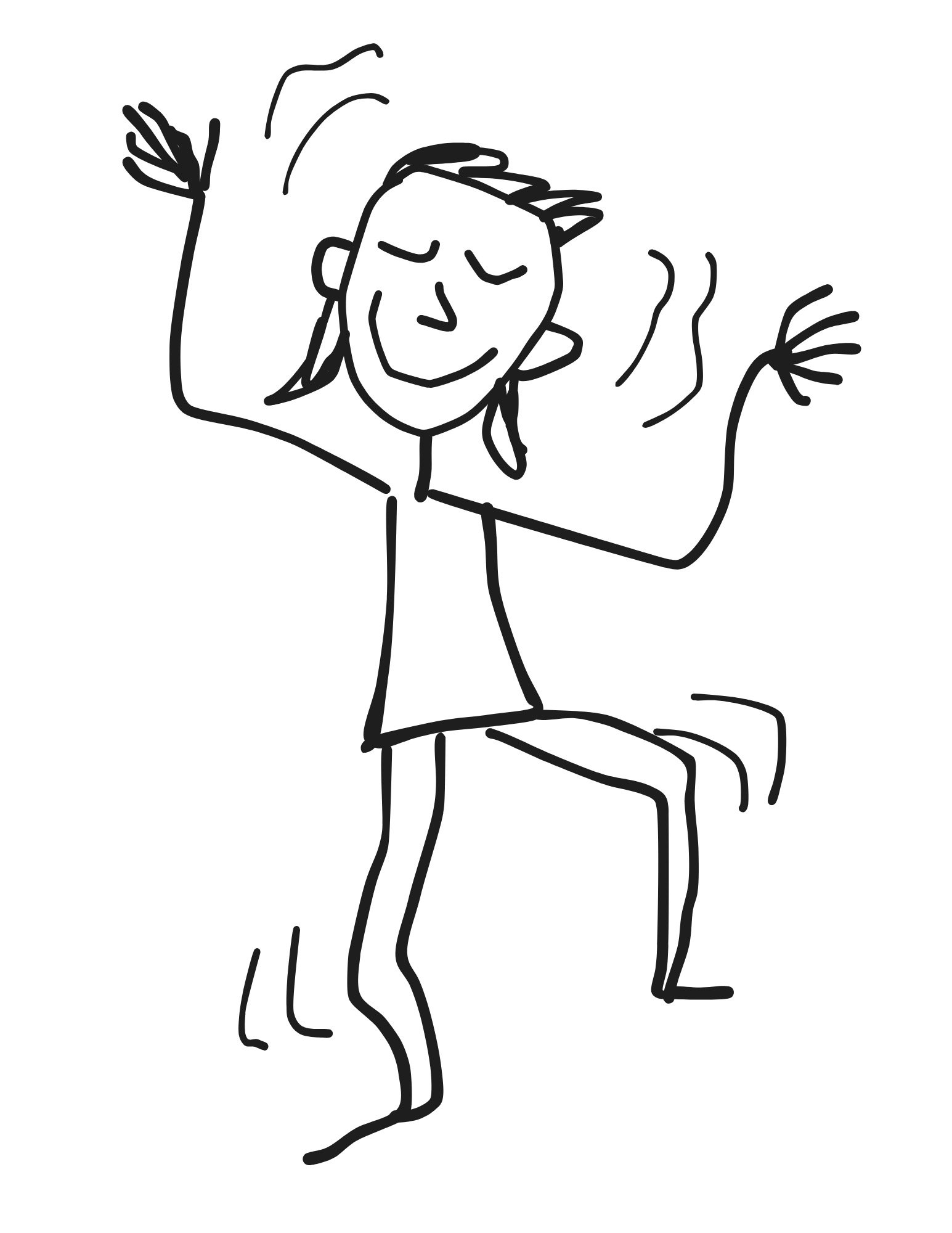Group Shake as Mutual Aid: A Rhizomatic Practice of Care
The body is political, the body is a place of mutual aid, the body is an event.
Group Shake is a collective solo durational practice—a space where individuals tend to their own bodies, in community. Unlike ecstatic dance or contact improvisation, it offers an intentional refuge from physical interaction, centering embodied presence over performance, productivity, or social signaling. In a time when isolation, burnout, and overstimulation are common, Group Shake creates an accessible, low-barrier entry into movement—one that fosters regulation, not spectacle.
Group Shake originated from the somatic exploration of duration dancing in queer clubs, where bodies moved for hours—sweating, shaking, and vibrating—often as a form of survival, expression, and catharsis. These environments offered space for release, transformation, and connection beyond language or conventional social structures. Group Shake distills this lineage into a focused, collective solo practice. It removes the need for performance, interaction, or stimulation, while preserving the potent bodily intelligence and emergent states of awareness that arise through sustained movement. By drawing on this lineage, Group Shake honors queer spaces as vital sites of somatic knowledge and collective resilience.
This is mutual aid in motion. Not in the form of logistics or material redistribution, but as a communal resource for tending to the nervous system, releasing stored tension, and affirming that individual wellbeing and collective thriving are interdependent. The “aid” here is not prescriptive or hierarchical—it’s self-directed, supported by shared time and space. We don't fix each other; we co-create a field in which each person can release, reorient, and renew.
Framed through the lens of rhizome theory (Deleuze & Guattari), Group Shake is a non-hierarchical practice of embodied solidarity. There is no central leader, no singular technique, no correct way to move. Like a rhizome, the structure allows for entry and exit at multiple points, and its form emerges through distributed attention, not imposed design. Participants root in their own bodies while remaining tethered through sound, proximity, and shared commitment.
In this way, Group Shake becomes a model for decentralized mutual aid: movement as infrastructural care. It doesn’t rely on identity, ideology, or institutional affiliation to generate connection. It grows sideways—through resonance, repetition, and willingness. The shaking body becomes a site of sovereignty and interrelation, offering a somatic template for the world we’re building: one that is resilient, responsive, and rooted in collective presence.
